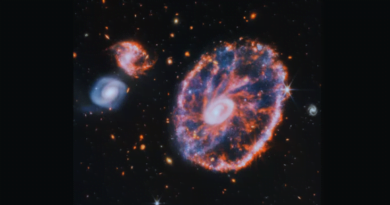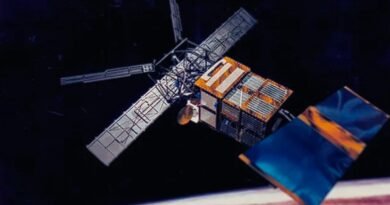NASA’s IMAP Probe Set to Launch in 2025 for Interstellar Dust Capture Mission

NASA’s eagerly awaited IMAP probe is scheduled to launch in 2025, aiming to embark on a mission to capture valuable insights from interstellar dust.
NASA is set to launch the Interstellar Mapping and Acceleration Probe (IMAP) in May next year, aiming to study the heliosphere, the sun-created bubble surrounding our solar system. Among the ten science instruments on board, the Interstellar Dust Experiment (IDEX) is designed to capture and analyze minuscule dust particles from interstellar space that penetrate the heliosphere.
IDEX, a drum-shaped instrument developed at the University of Colorado, Boulder, will play a crucial role in studying these cosmic flecks, considered as “little packets of information from long ago and far, far away.” Once deemed as nuisances in distance measurements to stars, these dust particles are now recognized as valuable sources of information about the formation of galaxies, molecular clouds, and planets. Originating from stars and propelled into space through stellar deaths like supernovae, they provide insights into the processes of their star’s formation and their journeys through interstellar space.
Despite the challenges of capturing particles spanning a few millionths of an inch and traveling at high speeds, IDEX will open its 20-inch-wide aperture at Lagrange Point 1, about 1 million miles from Earth. As particles collide with IDEX, they will vaporize into ions, allowing the instrument to analyze their chemical composition.
Given the sparsity of these dust grains in our solar system, IMAP may collect only a few hundred of them over its two-year operational lifetime. The mission, scheduled for launch between April and May next year, holds the potential to unlock valuable insights into the original building blocks of the solar system.








